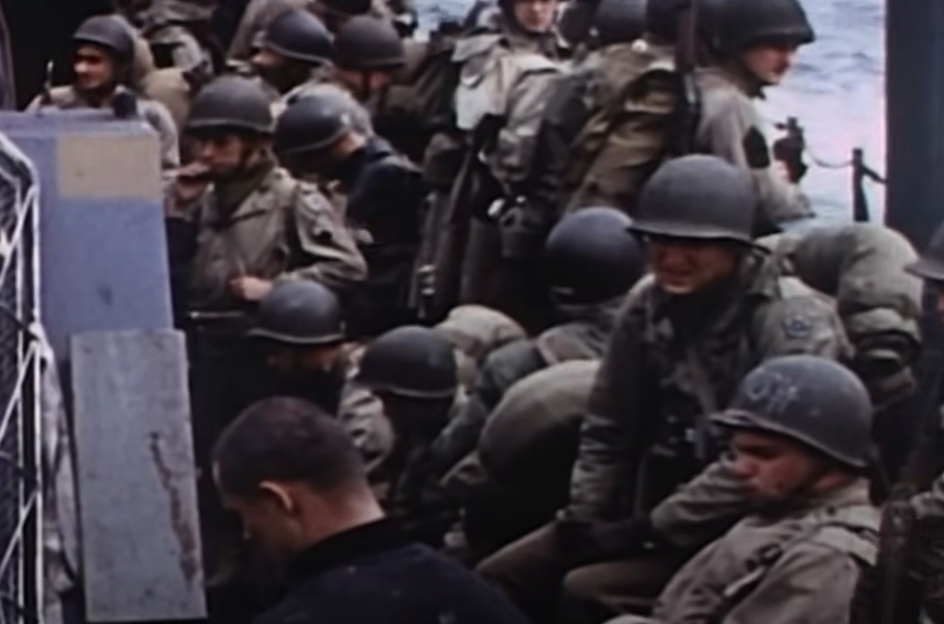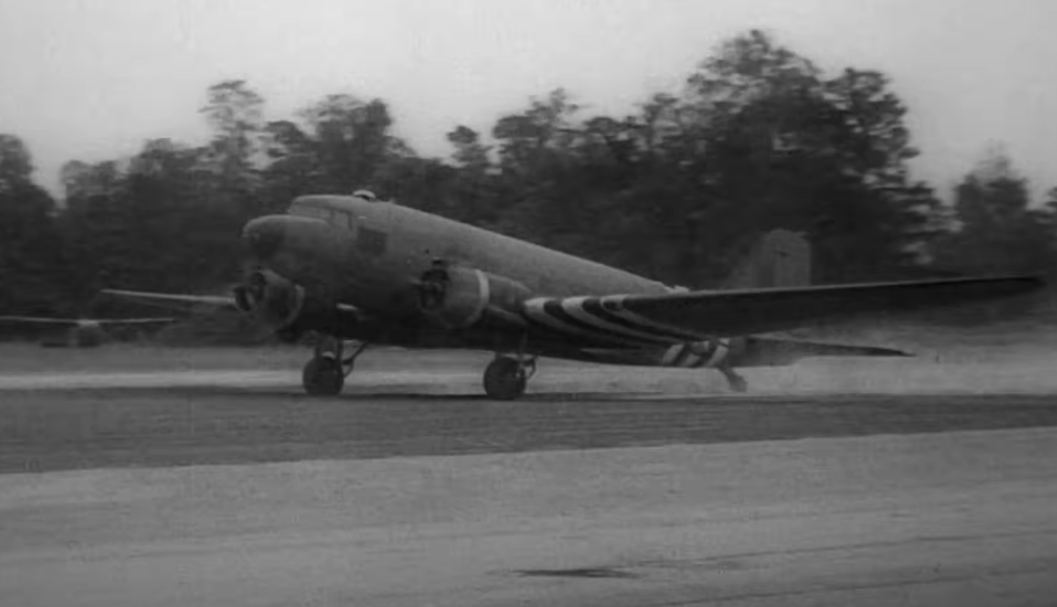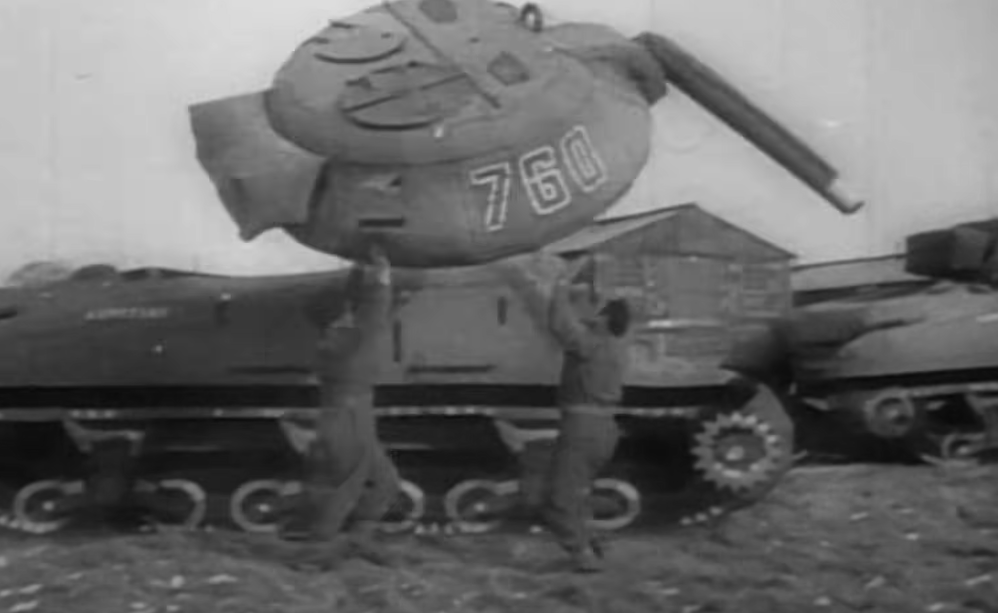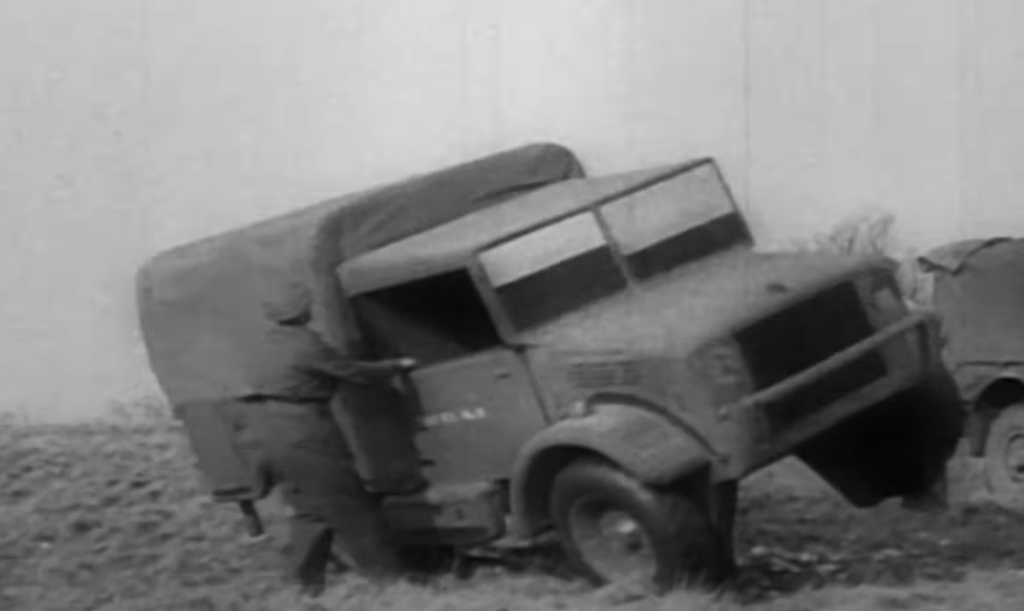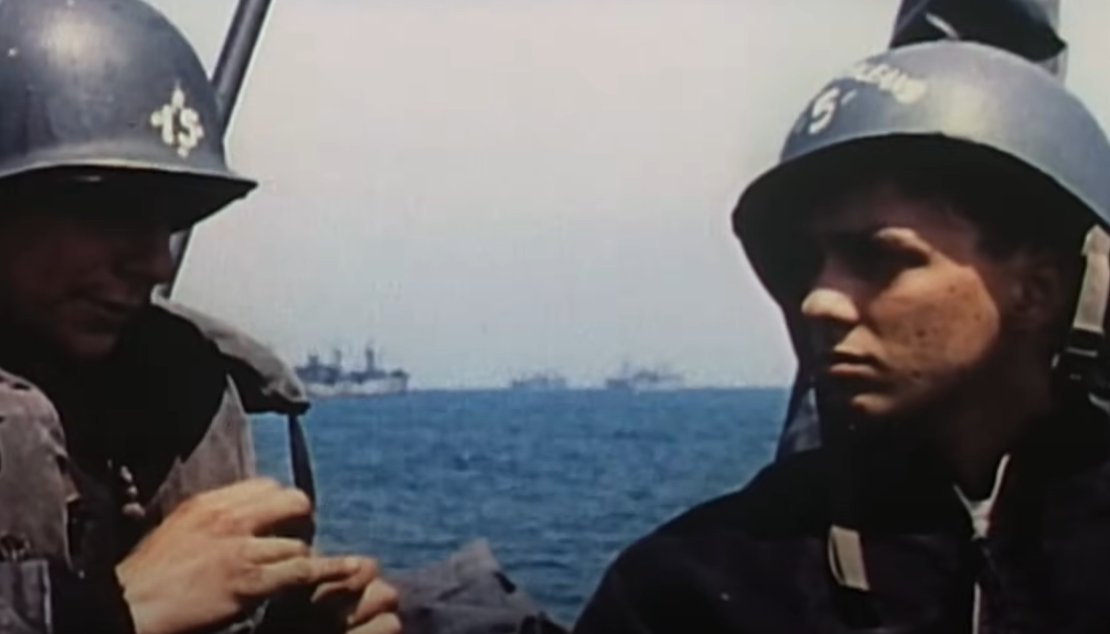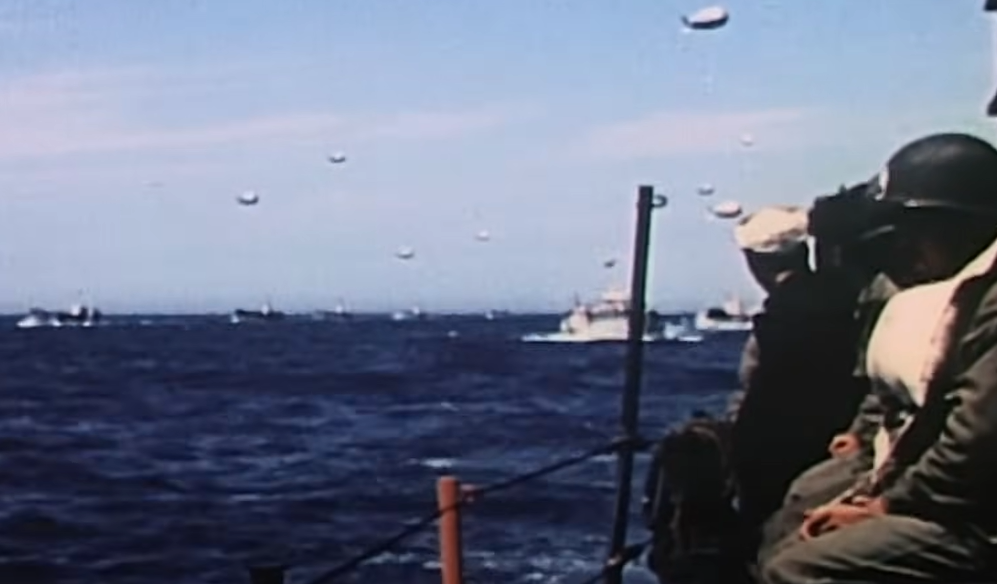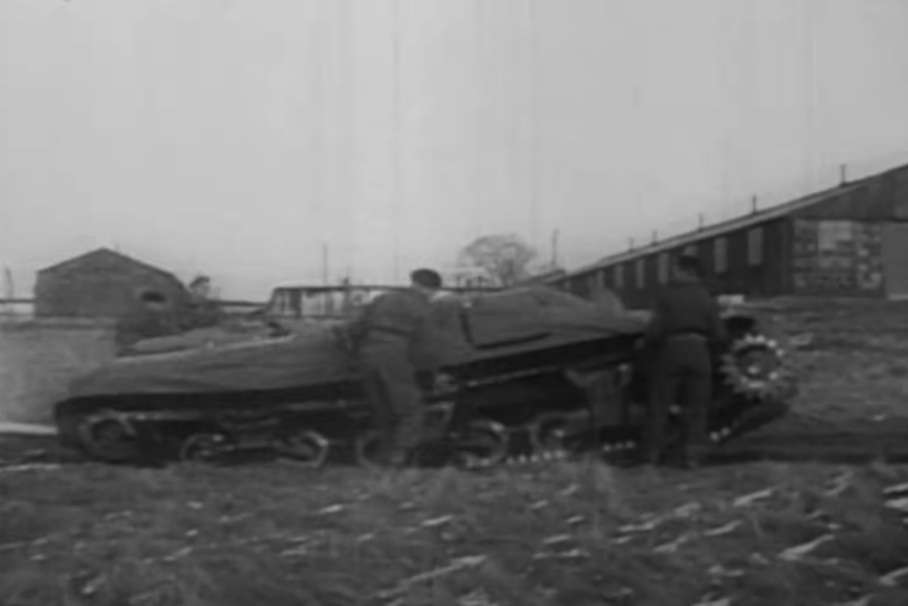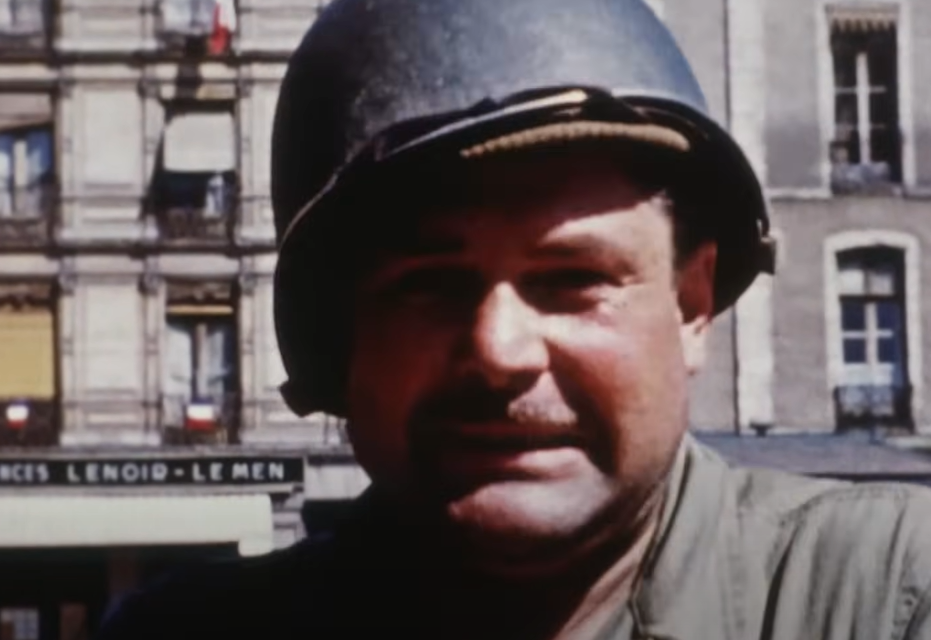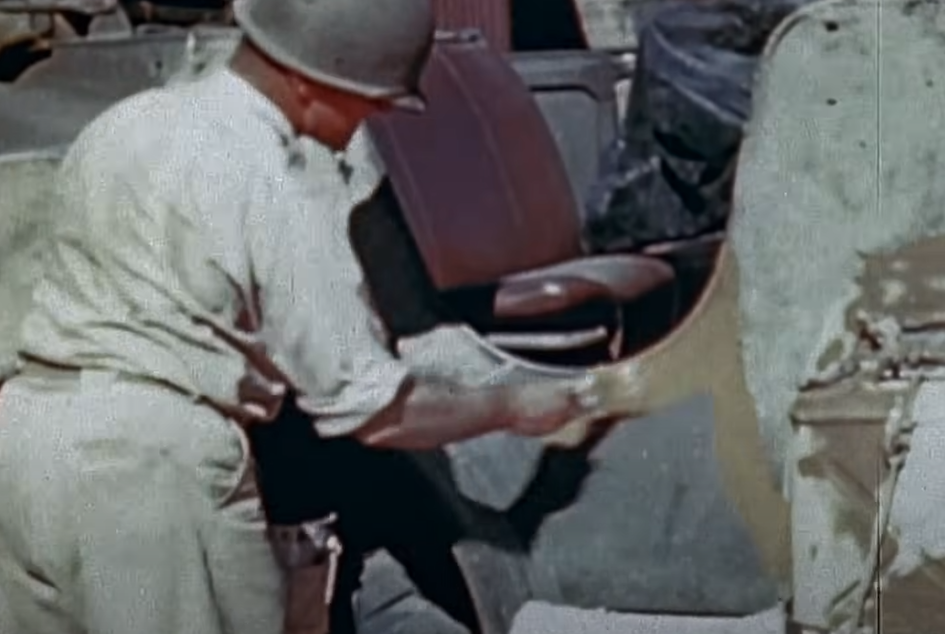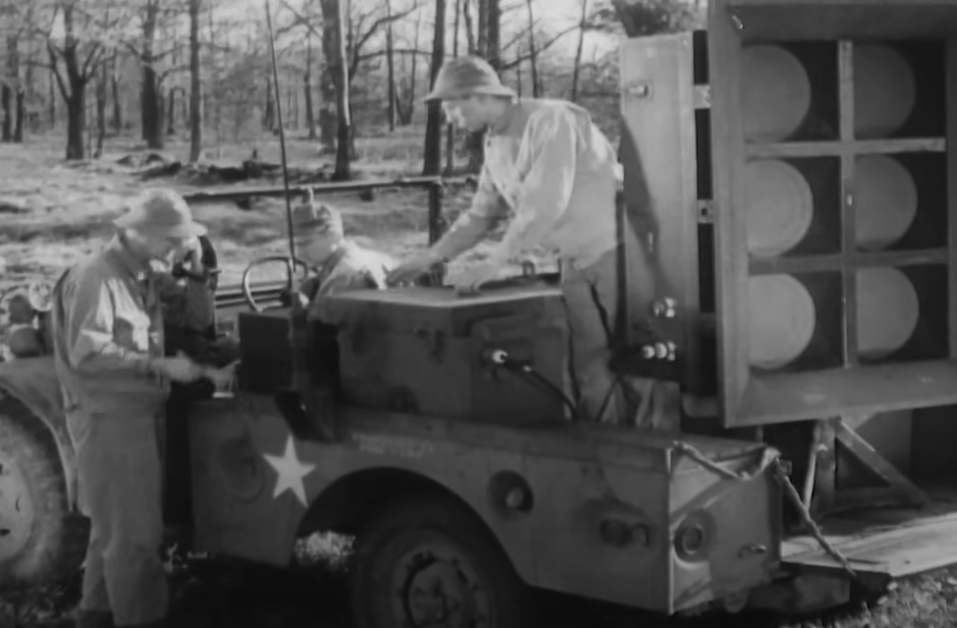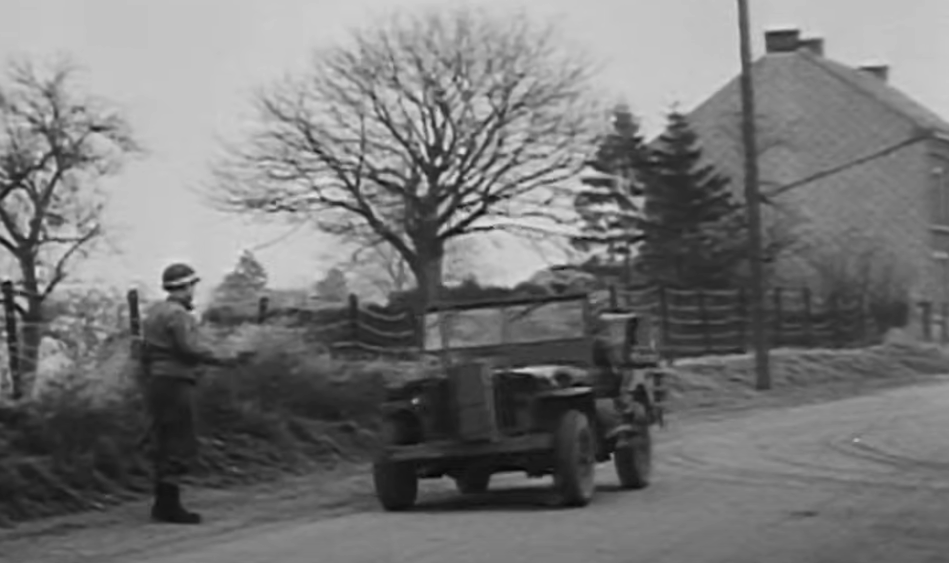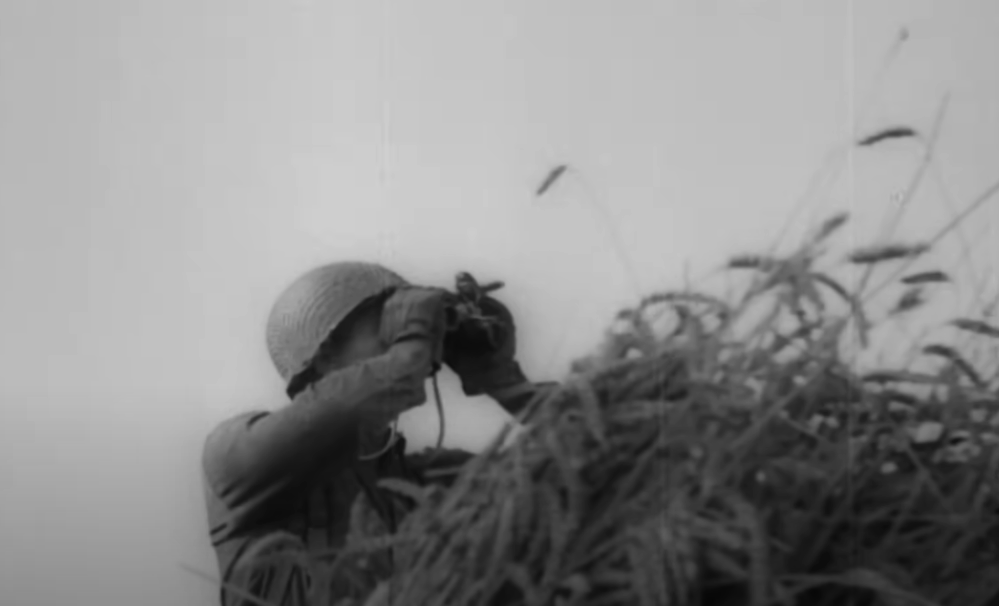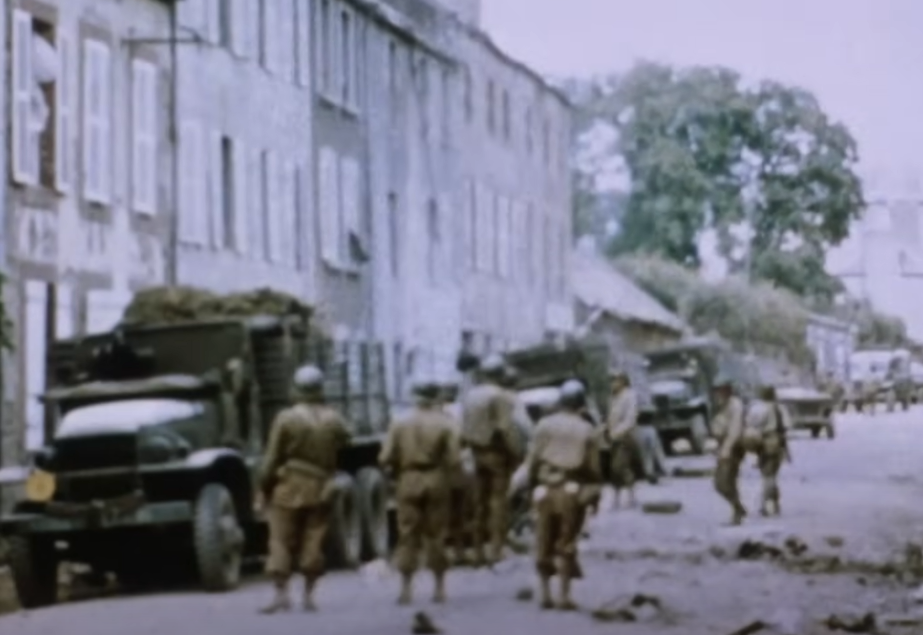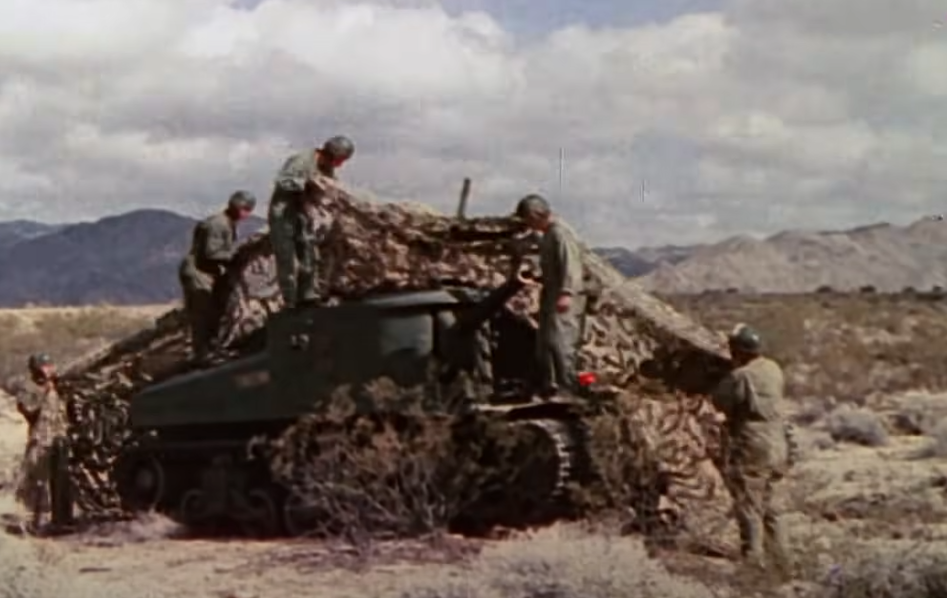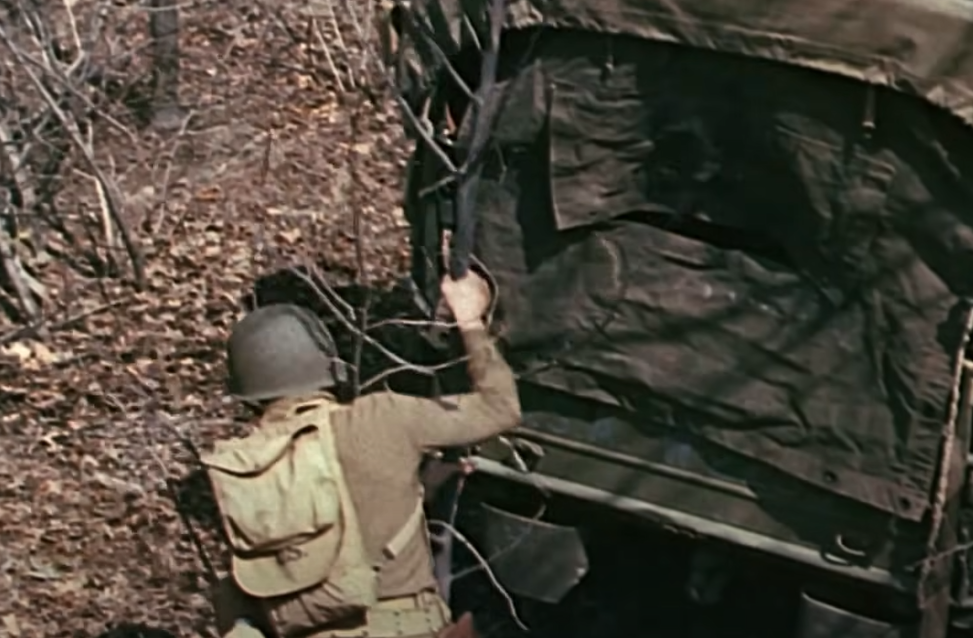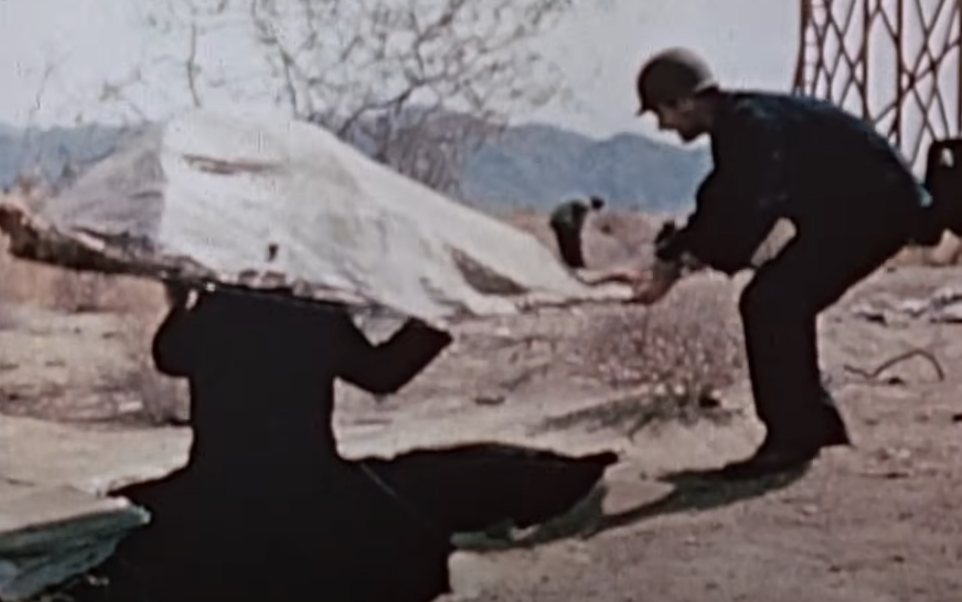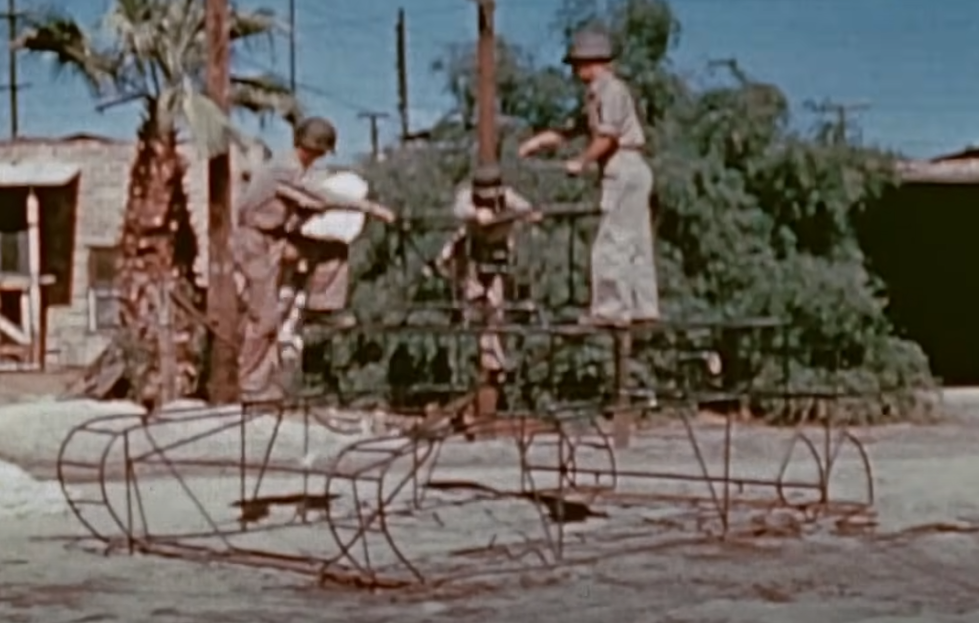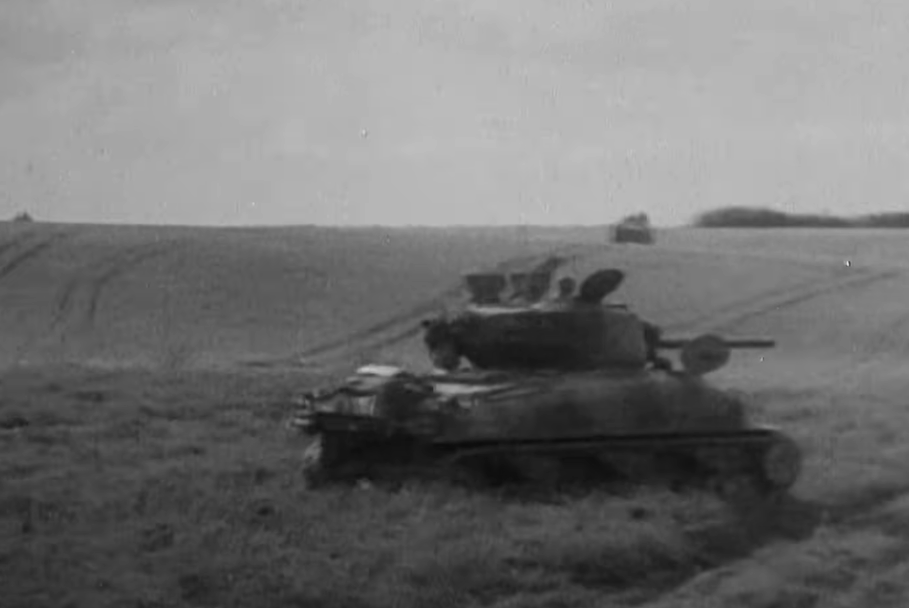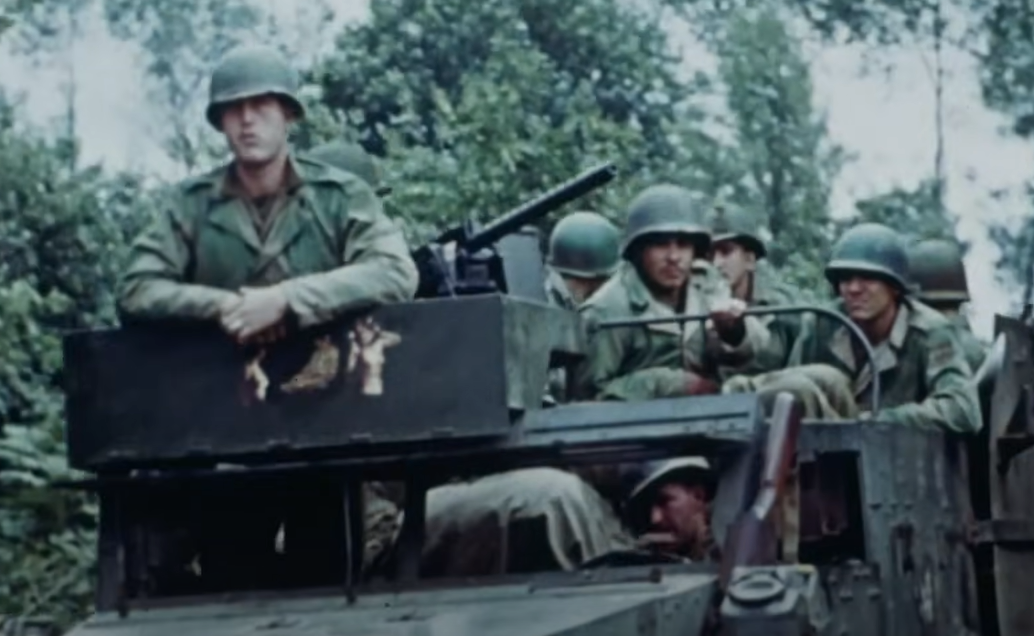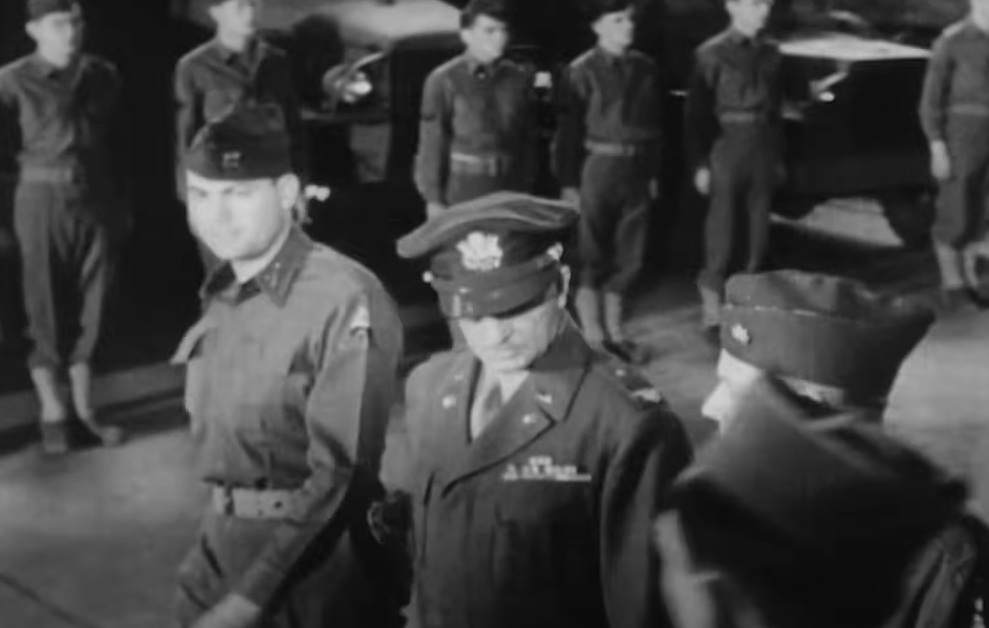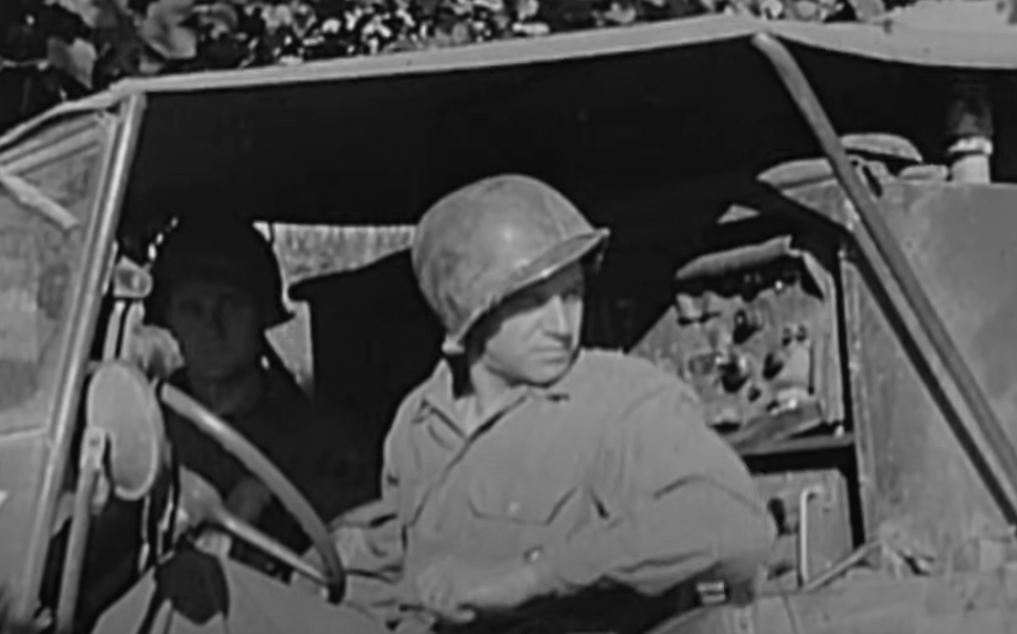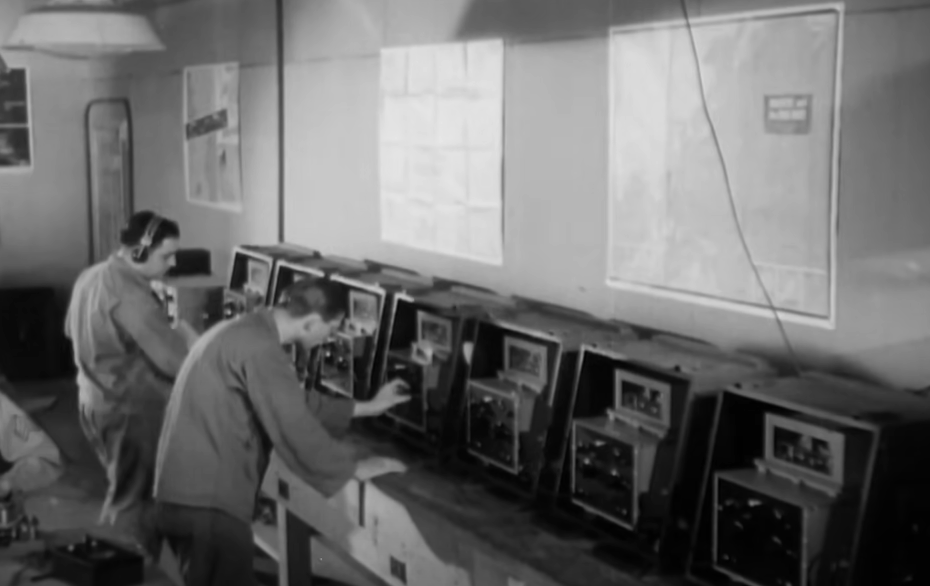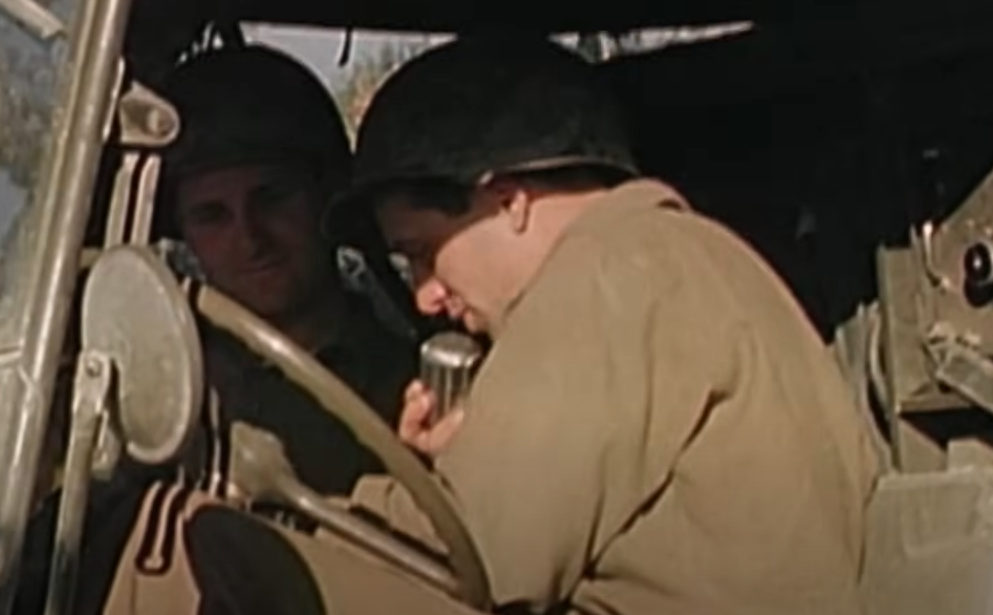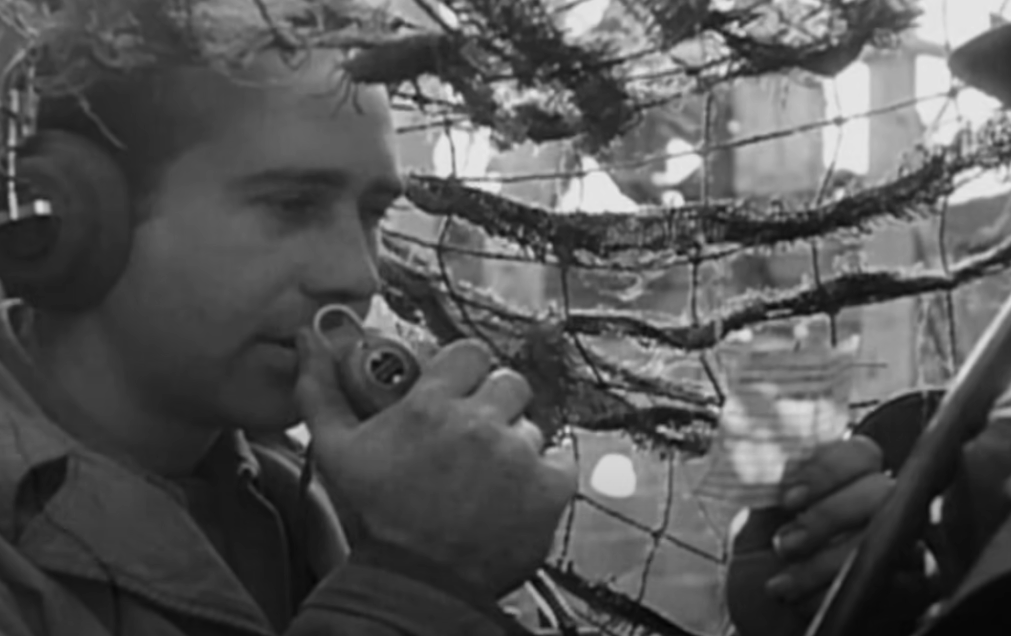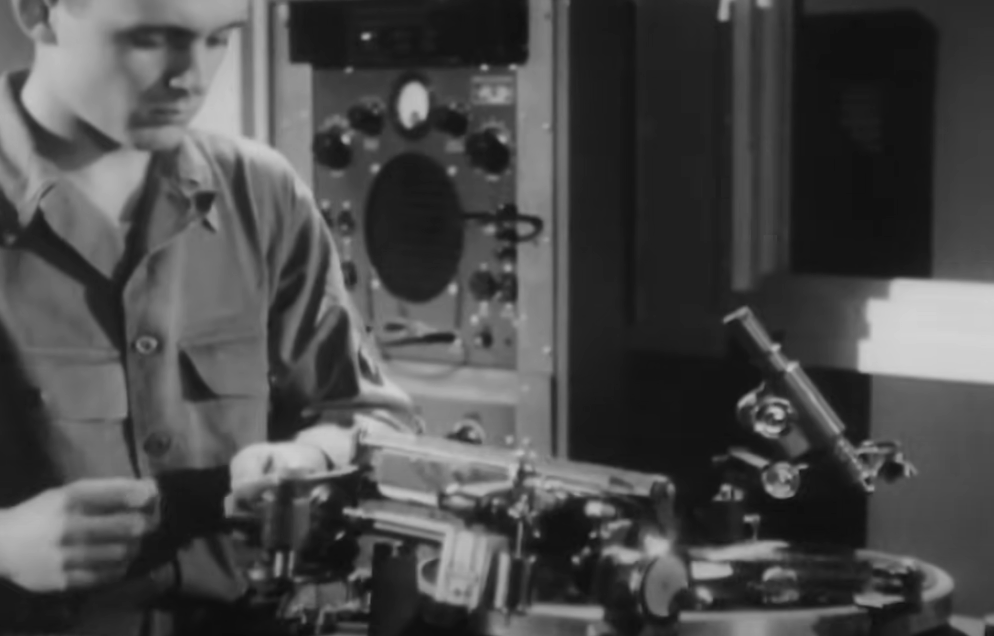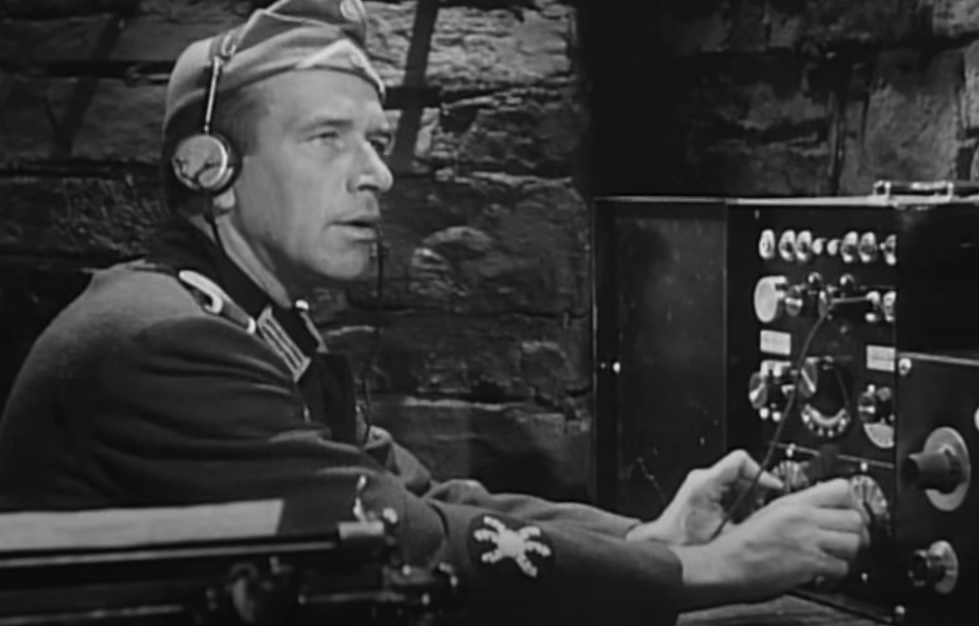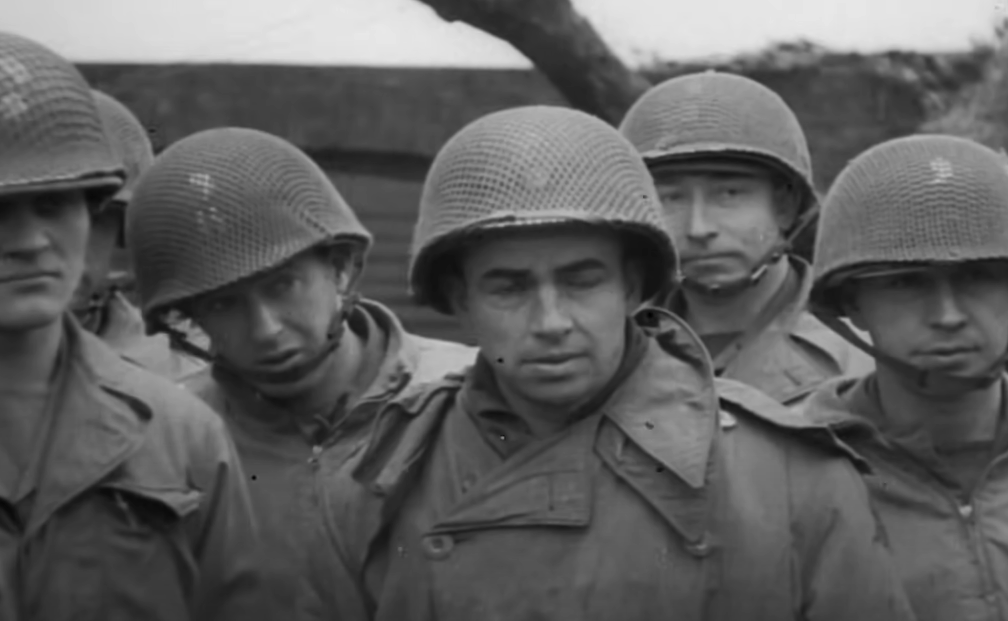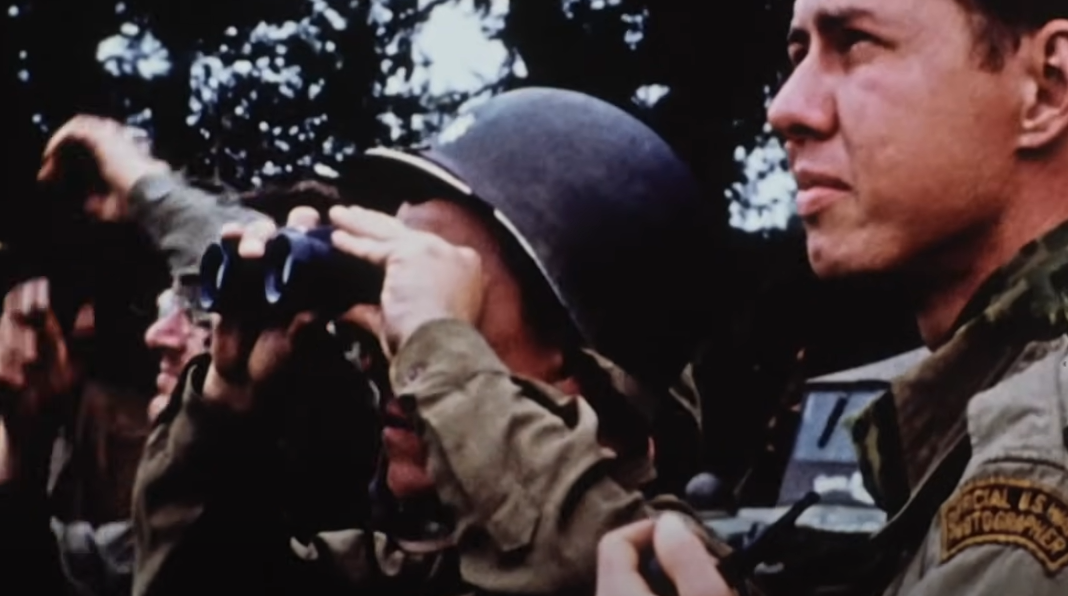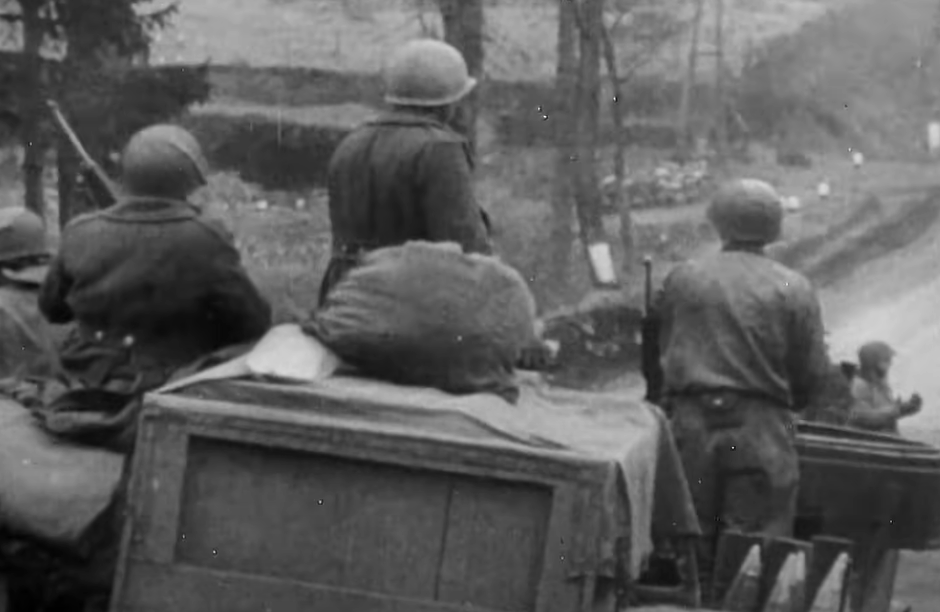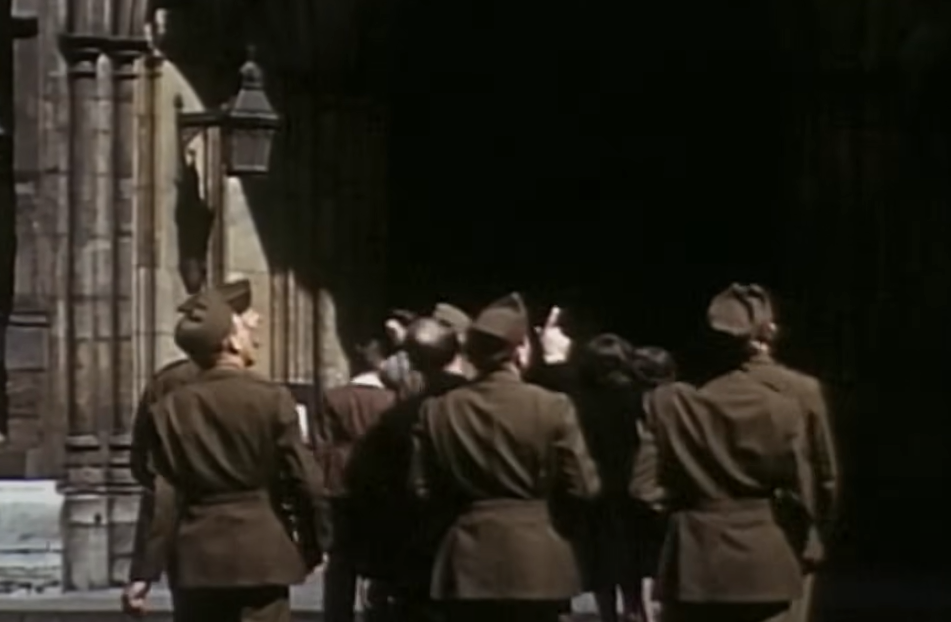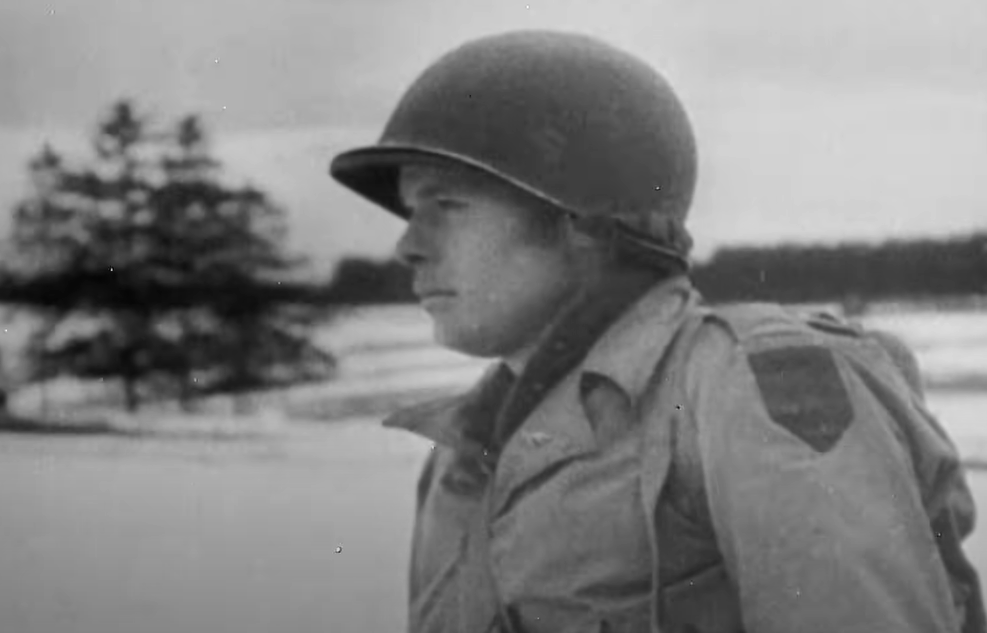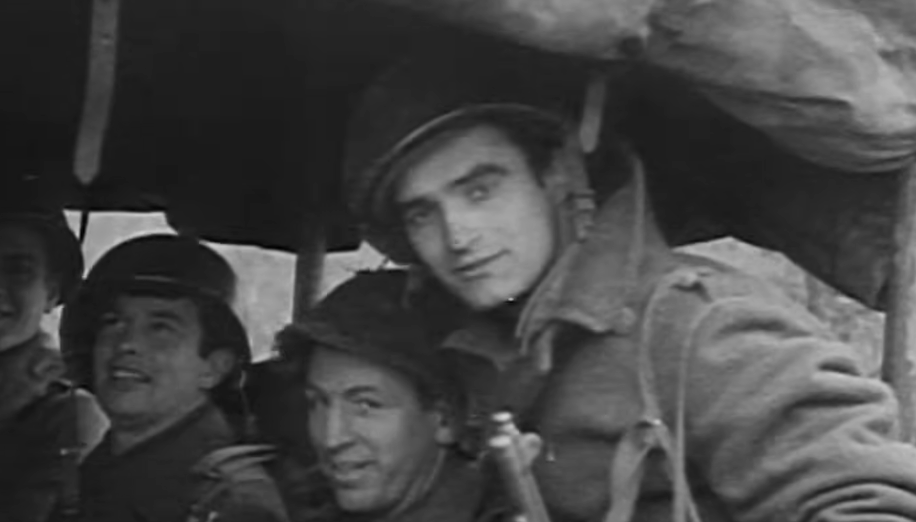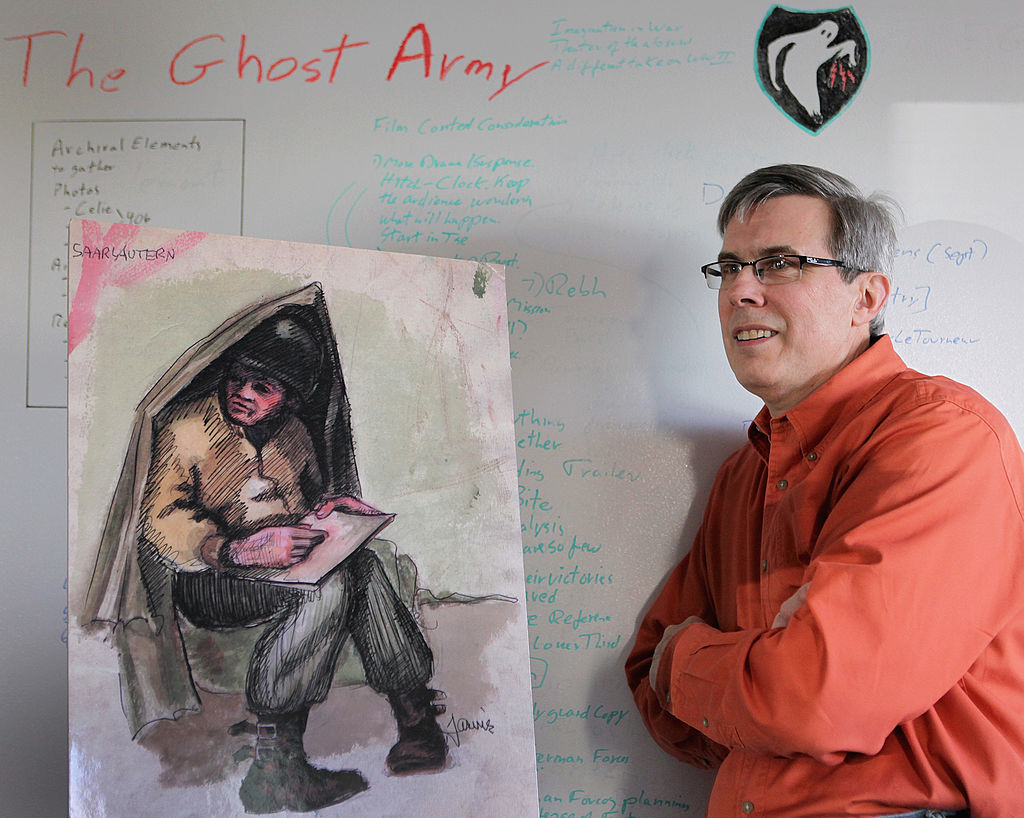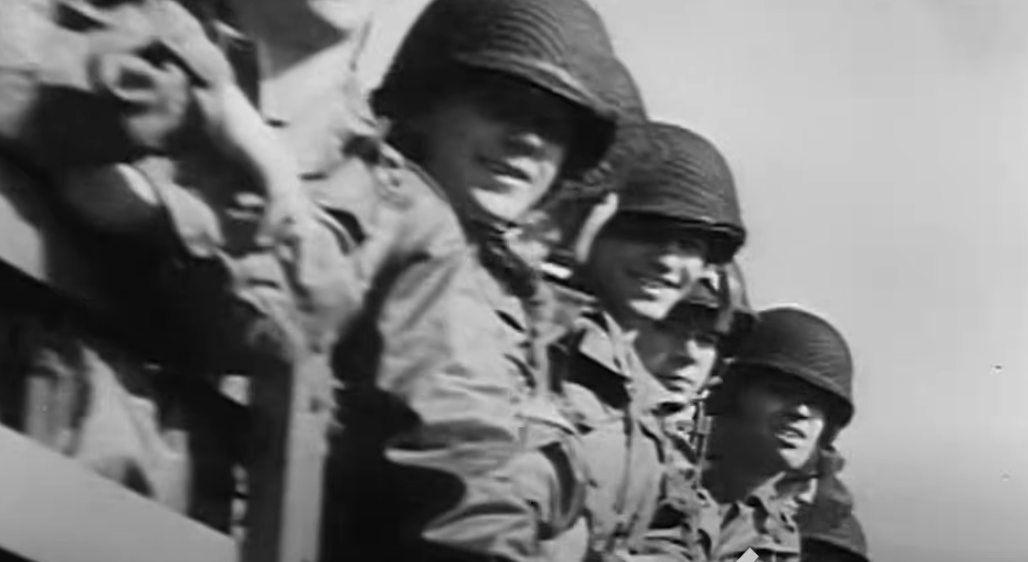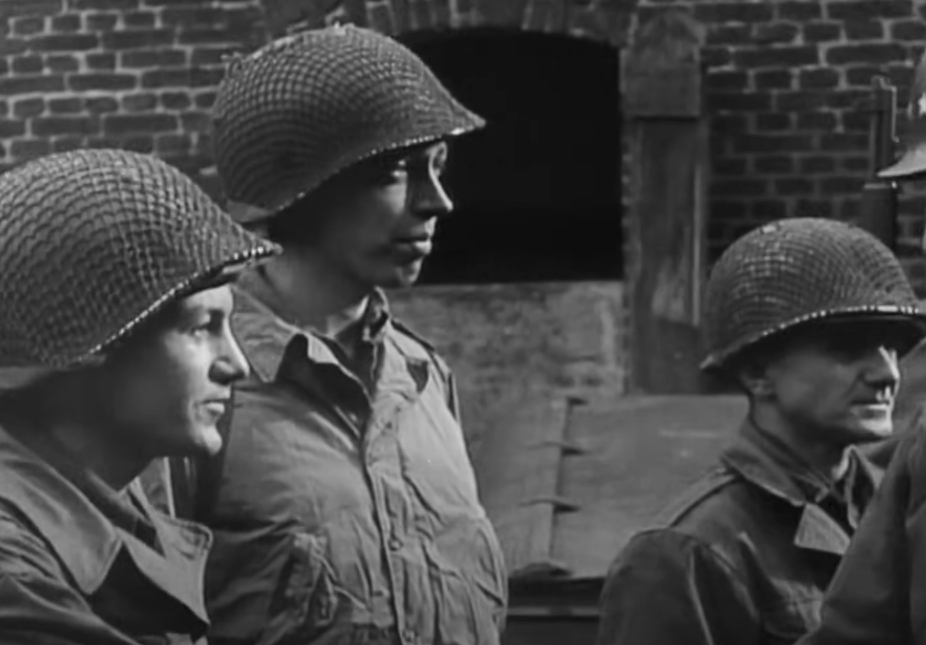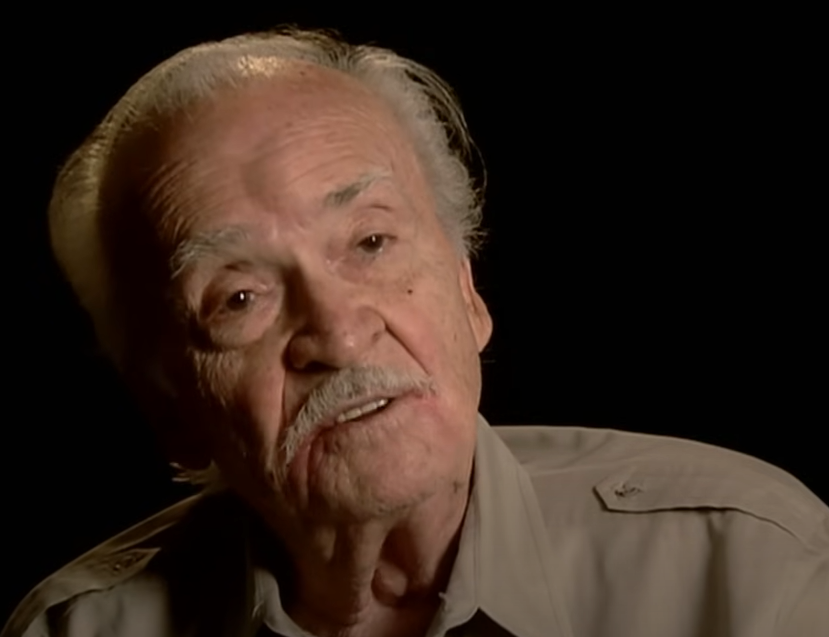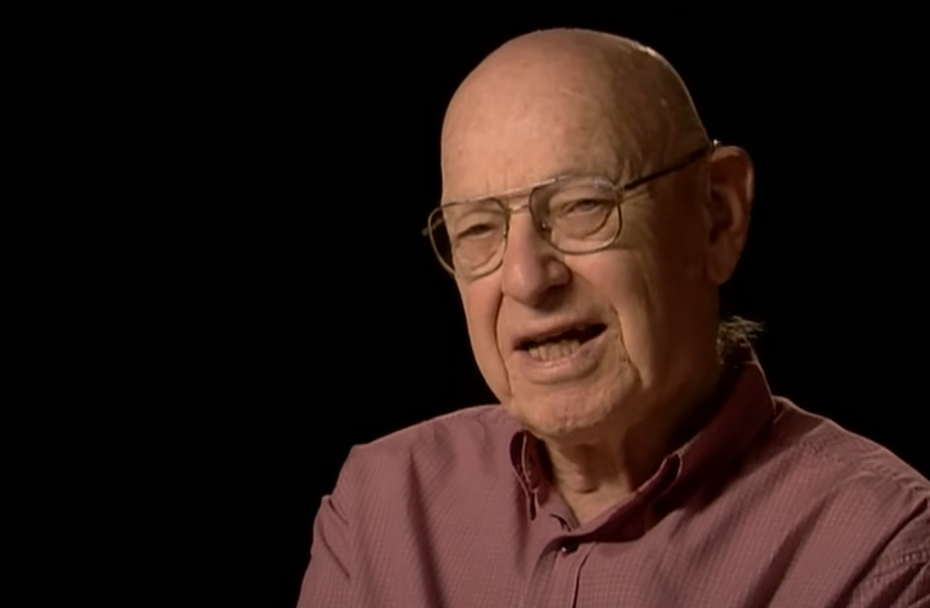America’s Ghostly WWII Secret
During WWII, the Americans had a secret. Roaming around the fronts of Europe was a 1,100-man unit with a special mission: deceive the Germans. The Ghost Army, as they were called, was a classified secret, never spoken about—until now.
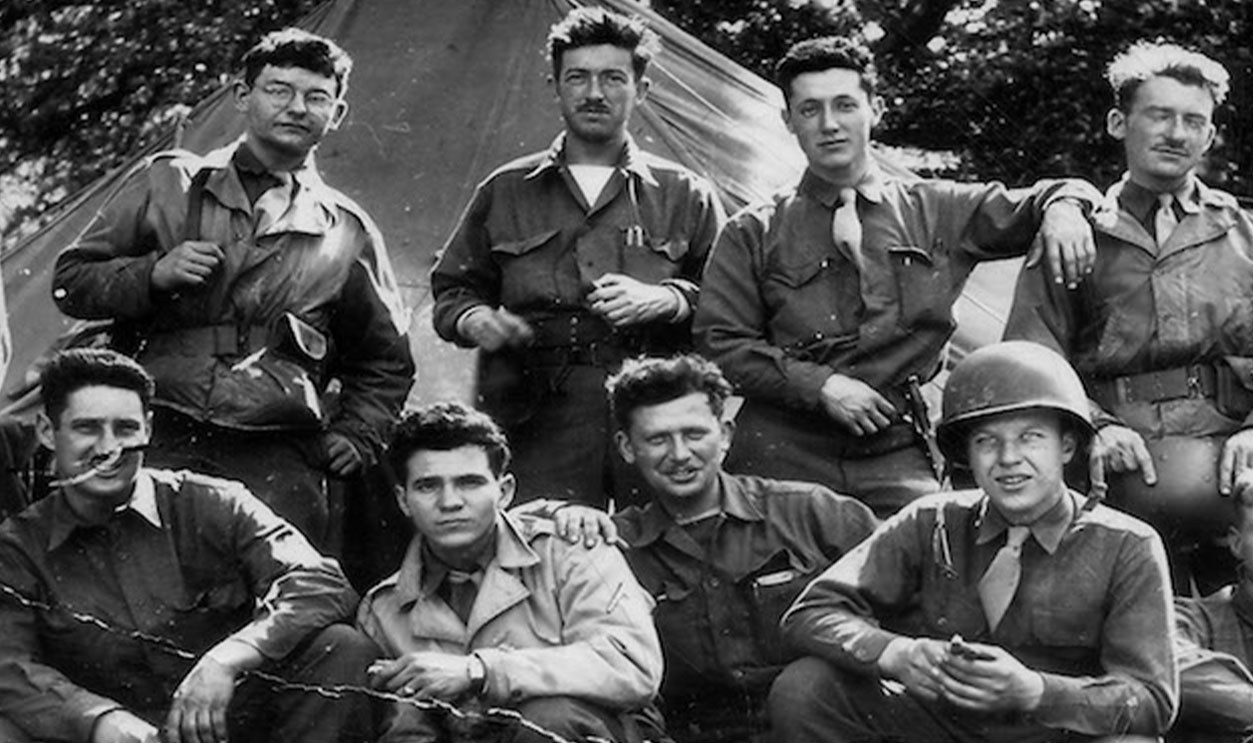
23rd Headquarters Special Troops
Although they were referred to as the Ghost Army, that was not this organization’s official name. On paper, they were the 23rd Headquarters Special Troops. So, why were they called ghosts?
Their Mission
The mission of the Ghost Army was a fairly simple one: they needed to make the enemy believe that the Allied forces were larger than they were. It would be their job to misdirect the enemy’s attention so the true units could get into place. Clever, no?
Their Creation
The Ghost Army didn’t come from nowhere. They were inspired by a similar technique the British units had already successfully used during a battle in Egypt. The Americans took notice.
Their Creation
Two US Army planners noticed these tactics and thought they could implement them. They selected Colonel Harry L Reeder to lead the group, and the Ghost Army were on their way to haunting battlefields.
Ghosts On European Soil
After forming in New York, The Ghost Army departed for the United Kingdom in May of 1944. They settled near Stratford-upon-Avon, though they were not there long before their unique set of skills were called upon.
D-Day
One of the Ghost Army’s first major set of actions was Operation Fortitude. Operation Fortitude was designed to befuddle the Germans ahead of D-Day—the perfect chance for the US’s new ghostly group to prove their mettle.
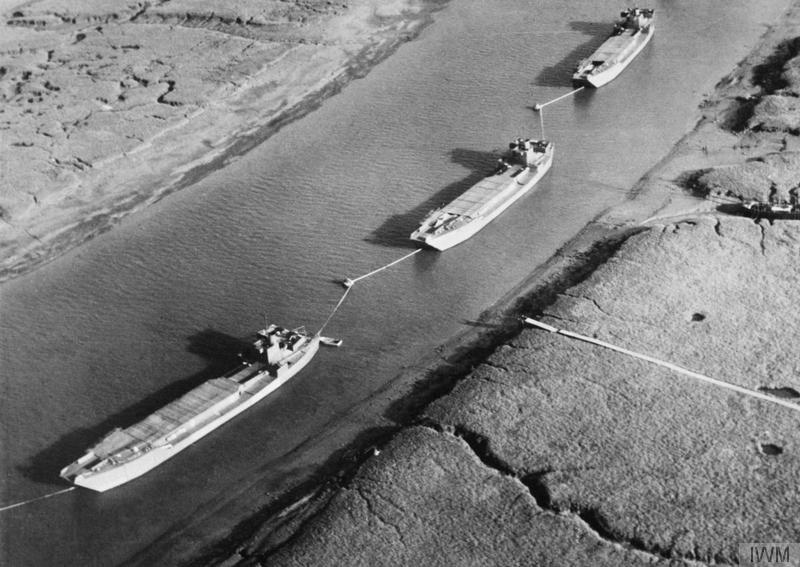 War Office official photographer, Wikimedia Commons
War Office official photographer, Wikimedia Commons
D-Day
There were two portions of Operation Fortitude. While some were sent to misdirect the Germans towards Norway, the Ghost Army remained in France. They were sent to deceive the Germans into believing Pas-de-Calais, to the North, was the target, not Normandy.
D-Day
The Ghost Army played a vital role in Operation Fortitude. However, their job was not done. They were sent to Normandy two weeks after D-Day to continue to cause chaos and misdirection by drawing German fire away from the true fight.

History's most fascinating stories and darkest secrets, delivered to your inbox daily.
D-Day
Following their work in Normandy, the 23rd unit was sent to the French port city of Brest. There, they caused the Germans trouble by deceiving them into believing they were encircled by more forces than they were. The Ghost Army was a haunting terror without truly fighting at all.
Becoming A Ghost
The focus of a Ghost was not on fighting but on misleading, deceiving, and befuddling the enemy. They needed to look towards those with a talent for these skills.
Becoming A Ghost
Those who were recruited to become a Ghost were from unconventional backgrounds. They wanted creative thinkers. They wanted artists, architects, actors, set designers, engineers and lawyers. It wasn’t about brawn but brains.
The Tools Of A Ghost
In many cases, the goal of the 23rd was to make the Germans believe that they were being approached or surrounded by far more men than they actually were. Therefore, they had to supply themselves with unique tools.
The Tools Of A Ghost
Many of the “tools” that the Ghost Army used weren’t real tools at all. They used dummy tanks and artillery, as well as fake aircraft, to make them appear as if they were stronger than they were.
The Tools Of A Ghost
They also relied upon giant speakers to broadcast the sounds of a truly imposing force. By broadcasting the sounds of a true invasion, the Ghost Army were often able to fool German forces into believing their 1,100 men were forces of up to 30,000.
The 406th Combat Engineers
To be truly successful, the Ghost Army had separated into several different subgroups, all with a particular focus. The 406th Combat Engineers were responsible for security—and they took their job seriously.
The 406th Combat Engineers
While the 23rd’s primary focus was on deceiving the enemy, they could not ignore the fact that they were in an active zone of battle. Their captain insisted that they needed to hone the skills of infantrymen on top of their engineering.
The 406th Combat Engineers
While they were not as proficient as those men whose only focus was battle, Captain Rebh worked his team during the nights and weekends until he felt they were proficient in infantry skills as well. Still, the 23rd preferred using their tricks to fight.
The 603rd Camouflage Engineers
Visual deceptions were a primary component of the Ghost Army’s battle tactics. The focus the 603rd Camouflage Engineers was to ensure that the Ghost Army could fool anyone into thinking they were a group to be reckoned with.
The 603rd Camouflage Engineers
The equipment of the Ghost Army was as impressive as they were all fake. They employed inflatable tanks, cannons, jeeps, trucks, and airplanes. The men of the 23rd would only half camouflage the fake equipment, in order to attract the attention of the Germans.
The 603rd Camouflage Engineers
The speed at which the 603rd could create their works of art was impressive. Within only a few hours, they could create false airfields, encampments, motor pools, artillery batteries, and tank formations. Their attention to detail is impressive.
The 603rd Camouflage Engineers
The 603rd was manned primarily by artists or others with similar roles. It showed in their attention to detail. Their encampments would include details like laundry hanging on clotheslines. All to better serve the illusion they were creating.
The 603rd Camouflage Engineers
Many of the artists who were a part of the 603rd would go on to have a significant impact on post-WWII American art. These included Bill Blass, Ellsworth Kelly, Arthur Singer, and Art Kane. Of course, they had help with their conflict deceptions.
3132 Signal Service Company Special
Conflicts like WWII were very noisy beasts. The Ghost Army never would have gotten away with their hauntings if they didn’t also have the audio deception to go along with it. That was handled by the 3132 Signal Service Company Special.
3132 Signal Service Company Special
The sonic deception unit was headed up by Colonel Hilton Railey. Railey was a colorful figure who had a large claim to fame; he “discovered” Amelia Earhart. Thankfully, the fate of his Ghost Army was better than Earhart’s.
3132 Signal Service Company Special
The Signal Service sent a team to the famed Fort Knox to make their audio. They recorded the sounds of armored and infantry units into a series of sound effects. This was advanced technology for the time.
3132 Signal Service Company Special
Recorded on wire recorders (a predecessor to the tape recorder), these sounds could be mixed to create whatever effect that the 23rd desired. It was a simple trick that had a huge impact.
3132 Signal Service Company Special
These recordings were brought to Europe, where they were played on speakers that were mounted on halftrack vehicles. With their amplifiers, these recordings could be heard 15 miles away.
The Signal Company
Much of WWII was fought over the airwaves. The use of radio to carry out communication from various units was frequent during the conflict. The Ghost Army did not neglect to cover this area as well.
The Signal Company
When it comes to Morse code, every single operator has a unique style of sending out their messages. This is referred to as “fist”. It was believed that it was impossible to accurately mimic an operator’s fist—not for the Ghost Signal Corps Special.
The Signal Company
The Ghost Army would have special operators who created false traffic nets to confuse the enemy. They would mimic a radio operator’s fist, sending out messages to cover the fact that that operator and their unit had long since left.
Selling The Act
While each of these tactics is impressive on its own, it was the way that the 23rd unit brought all of these things together that truly sold the act they were making. They’d often cover their deceptions with additional theatrical effects referred to as “atmosphere”. This atmosphere was a whole bag of tricks.
Selling The Act
The atmosphere were all visual tricks and small details that aided in creating an element of realism to the rest of their decoys. Some were as simple as painted insignias on vehicles for more authenticity, but others had a little more pizzazz to them.
Selling The Act
The Ghost Army could trick the enemy into believing that a small handful of vehicles with only two men aboard were a whole infantry with a simple trick: the trucks were driven in a loop to appear as if they were a long convoy. They also took advantage of the enemy’s eyes being on them.
Selling The Act
Knowing that they would be heading to areas where enemy scouts would be, they’d take advantage of the gaze. By dressing like MPs and divisional generals or staff officers, they would set-up mock exchanges at convoys to create the lie that the area was more important than it was.
Seeing The Ghosts
Due to the nature of their tasks, it was understandable that the 23rd was required to be a classified secret. In fact, this secret was held so tightly that they were forgotten for nearly 50 years.
Seeing The Ghosts
It wasn’t until 1996 that the 23rd unit and what they did for the Allies was declassified. Even then, they were still relatively unknown. It wasn’t until 2013 that PBS released a documentary on them, and they began to get the recognition that they deserved.
Their Legacy
Rick Beyer was the producer and director of PBS’s 2013 documentary on the 23rd. Beyer was the leader of The Ghost Army Legacy Project, and he made it his mission to ensure that they got the recognition that they deserved.
Their Legacy
For six and a half years, Beyer campaigned for the Ghost Army to get recognition for the contributions that they made during WWII. This spanned four congressional terms. Beyer wouldn’t give up.
Their Legacy
After a long campaign by Beyer, the Senate passed a bill to recognize the 23rd unit with overwhelming support in May of 2021. They had four more votes than was required to support the bill—and the support continued.
Their Legacy
In December of 2021, the Ghost Army Congressional Gold Medal Act was passed with unanimous votes. It was passed by the House of Representatives in January 2022, and in February 2022, President Biden signed it into law. It would take two years before the medals were awarded.
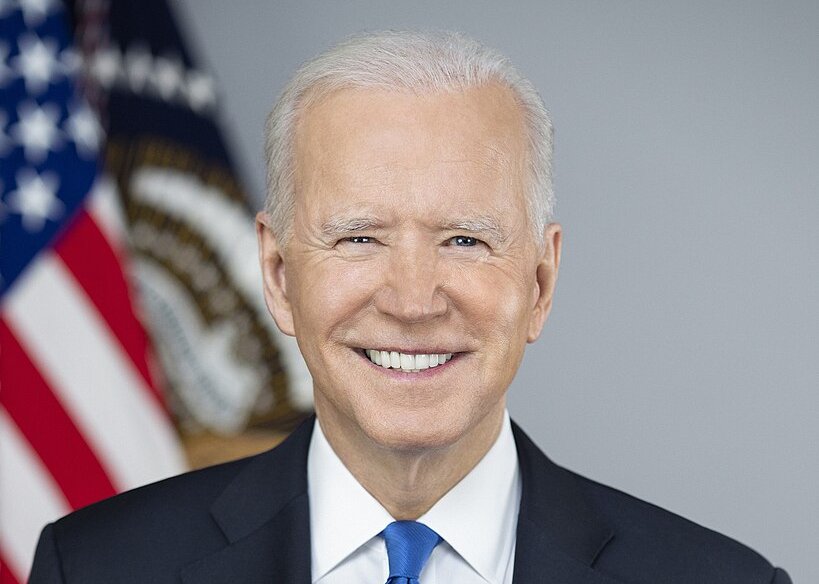 Adam Schultz, Wikimedia Commons
Adam Schultz, Wikimedia Commons
Their Legacy
It wasn’t until March of 2024 that the Congressional Gold Medal ceremony for the Ghost Army was held. By 2024, seven members of the Ghost Army still survived, and three of them attended the ceremony. All three were either 99 or 100 years old.
Their Legacy
During the ceremony, various speakers and senators acknowledged what the Ghost Army accomplished with their unique talents. House Speaker Mike Johnson stated, “Rarely, if ever, has there existed a group of such few men, which had so great an influence on the outcome of a major military campaign”.
You May Also Like:
The Untold Story Of The Deadliest Woman In WWII
The Untold Story Of The “Night Witches”, WWII’s Forgotten Flying Aces
Sources: 1


